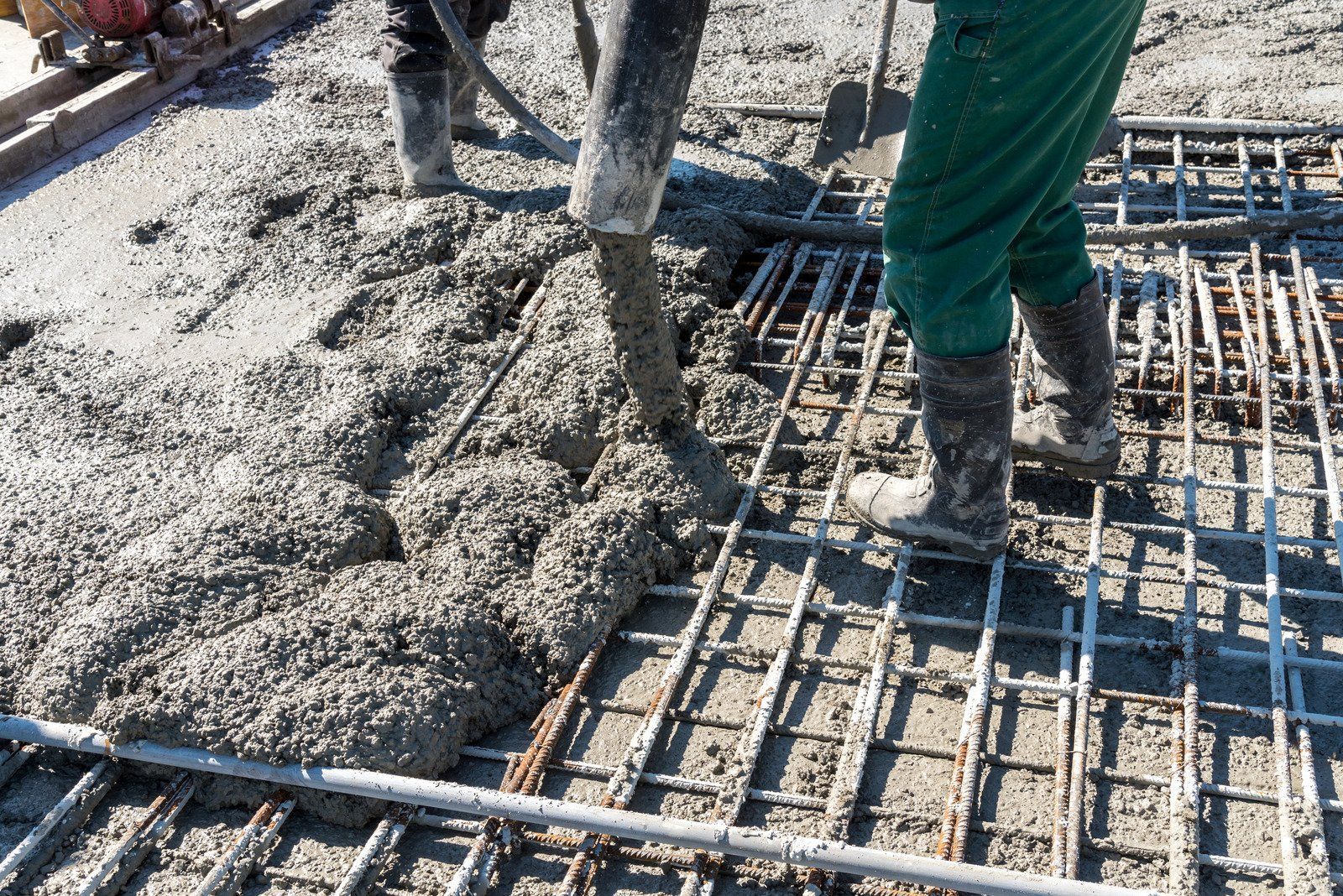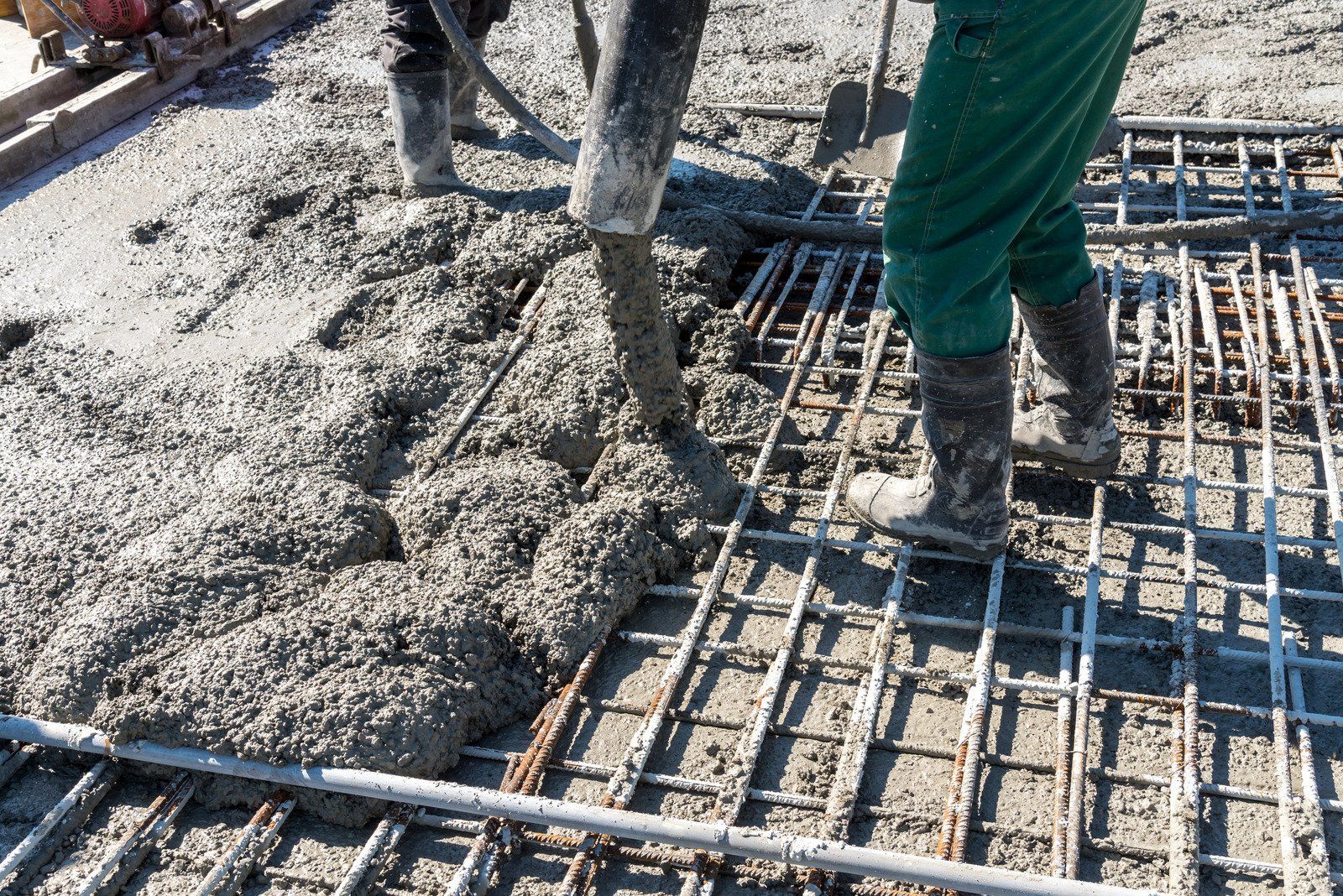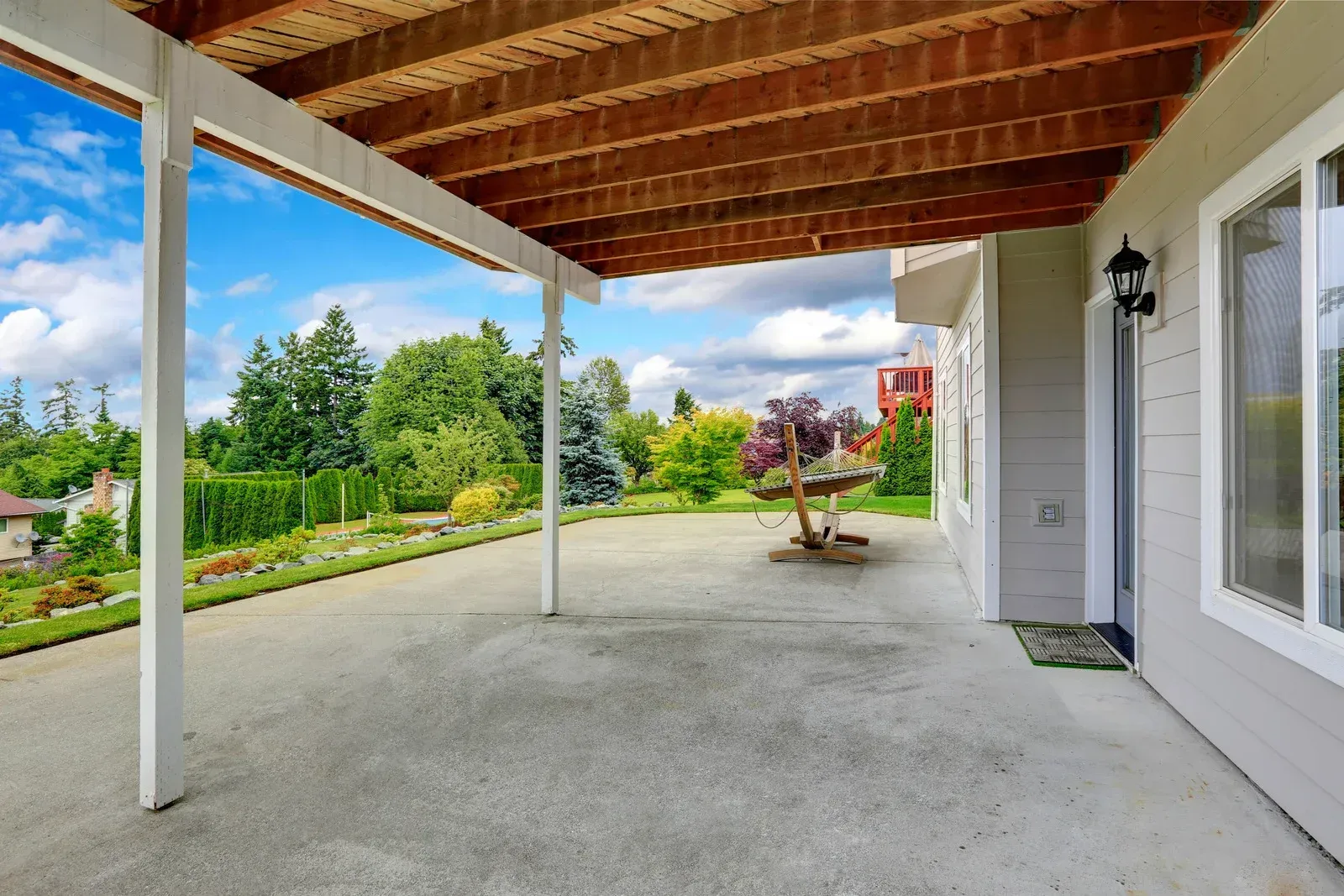CALL US: 253-651-0653
CALL US 253-651-0653
Why We're Getting Concrete Curing All Wrong (And What It's Costing Us)
Why We're Getting Concrete Curing All Wrong (And What It's Costing Us)
Joe Shetterley
Principal CEO @ E5 | Construction Industry Solutions
March 6, 2025
Let me tell you something that keeps me up at night: we're completely dropping the ball on concrete curing. It's not just a small oversight - it's a massive failure that's costing us millions in repairs and replacements. And the worst part? Almost nobody's talking about it.
Here's the thing about concrete curing that most contractors won't tell you: it's not even making it into the bid anymore. Think about that for a second. The single most crucial step in concrete construction is being treated like an afterthought. It's like building a house and forgetting the foundation - it just doesn't make sense.
When we skip proper curing, we're basically setting ourselves up for disaster from day one. The concrete starts losing water immediately. Then come the cracks. The surface starts deteriorating. And before you know it - usually around the six-month mark - you've got an unhappy client wondering why their "perfectly good" concrete looks like it's been through a demolition derby.
I remember when we used to do things right. Back in the good old days - from 1900 to the 1980s - wet curing was standard practice. It wasn't some fancy optional extra; it was just how you did things. Quality wasn't just a buzzword - it was the expectation.
Then the 1980s hit, and suddenly everyone was pushing these miracle cures in a bottle. You know the ones I'm talking about - topical sealers, curing compounds, densifiers. The marketing was slick, and structural engineers bought into it hook, line, and sinker. Why? Because these products promised to solve their scheduling headaches. But here's what they missed: while we were racing to place and finish concrete faster than ever, we were literally starving it of the moisture it needed to develop properly.
Fast forward to today, and it's even worse. Most people aren't even pretending to cure properly anymore. Oh sure, they'll check the box saying they did it, but we all know that's just lip service. The problems have gotten worse, not better, since we abandoned wet curing.
But here's where things get interesting. In 2018, a company called E5 came out with something revolutionary: a genuine internal curing solution. Now, I know what you're thinking - "Here comes another miracle cure." But this is different. While traditional wet curing only dealt with the surface, this technology works from the inside out.
Think of it like this: when you eat healthy food, it shows on the outside, right? Same principle here. When concrete can develop properly from its core, the external problems practically solve themselves. This isn't just another band-aid solution - it's a fundamental shift in how we approach concrete curing.
And the timing couldn't be better. With the industry switching from Type I to 1L cement, we need this kind of technology more than ever. It's not just about meeting today's insane construction schedules - it's about maintaining quality while doing it.
But let me warn you about something: this industry loves its bandwagons. Suddenly everyone's claiming they do "internal curing." Don't fall for it. E5's nanotechnology is addressing both internal and external development - everything else is just playing catch-up.
The ACI (American Concrete Institute) can debate definitions all they want. Yes, concrete has always been somewhat self-curing. But until now, we've never had a way to properly support and extend that natural process. While the academics argue about terminology, real contractors are trying to solve real problems.
Here's the bottom line: we can either keep pretending everything's fine while watching our concrete deteriorate, or we can admit we've been doing it wrong and start fixing it. We have the technology. We have the knowledge. What we need now is the courage to change how we do things.
This isn't just about better concrete - it's about bringing integrity back to our industry. And if that doesn't matter to you, maybe the cost of repairs and replacements will.
What's your take on this? Have you seen the effects of poor curing in your projects? Let me know in the comments below - I'd love to hear your experiences and thoughts on this crucial issue.









